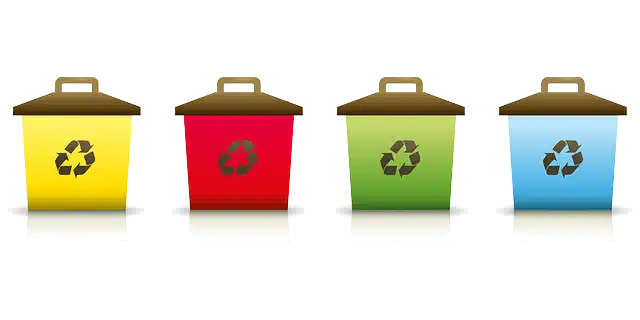
Material resources are the physical objects that make the operation of an organization possible.
A resource is a means of any kind that allows achieving what is intended. A material , on the other hand, is something belonging to or relative to matter (it is opposed, therefore, to the spiritual).
Material resources , in short, are the physical and concrete means that help achieve some objective . The concept is common in the field of companies and governments .
For example: “We have great professionals in this hospital, but we lack material resources,” “The company has made a large investment to renew material resources,” “When material resources are scarce, we must sharpen our ingenuity and redouble our efforts.” ” .
Types of material resources
In the daily activity of a company, different types of resources can be distinguished, such as raw materials, facilities, machinery and land. Thanks to these tangible goods , it is possible to manufacture the products or develop the necessary infrastructure to provide your services, depending on your activity.
There are other types of resources of great importance for the operation of a company; They are the technical ones (such as patents or systems), the financial ones (cash, credits) and the human ones (the people who work in the organization ).
The importance of efficient management
The success of any organization depends on the correct management of all the types of resources mentioned. It is important to note that for the correct functioning and development of a company, it is necessary that there is a balance between the proportions of its resources, given that excess can be as counterproductive as scarcity.
Generally, the best way to enhance material resources is through investments that allow them to be renewed and updated. In the case of human resources, however, its management is more complex and involves multiple variables.

The recycling of material resources is essential for caring for the environment.
Recycling of material resources
Thanks to recycling it is possible to convert used material resources, which in other cases would be considered mere waste, into new and useful products. By taking glass, metal or paper objects, among others, to the collection points, a process begins that generates a large number of environmental and financial resources, and that positively affects life in society.
Some of the benefits of this practice are:
* protecting and expanding manufacturing -related jobs and growing competitiveness;
* reducing the necessary number of landfills and waste incineration;
* a lower degree of contamination, due to not needing such a large volume of virgin materials for factories;
* significant energy savings ;
* a considerable decrease in the emission of greenhouse gases, also reducing climate change;
* the reduced need to exploit natural resources, such as water, minerals and wood;
* greater respect for the environment and, consequently, for the next generations.
Collection and use
In each community, the process of collecting recyclable material may vary, but there are four forms that it usually takes: containers of different colors, present on public roads; centers that are dedicated exclusively to this task; stalls that offer some type of reward to those who bring their waste; various programs and campaigns that try to raise awareness about the benefits of renewing resources.
In any case, the next step is the same for any recyclable material that has been delivered to one of the aforementioned sites: it is taken to the corresponding warehouse , to be classified and transformed into new materials and consumer goods.
It is important to remember that purchasing a recycled product increases the demand for environmentally friendly manufacturing, thus reinforcing the need for companies to choose renewable materials and energies for their processes.
